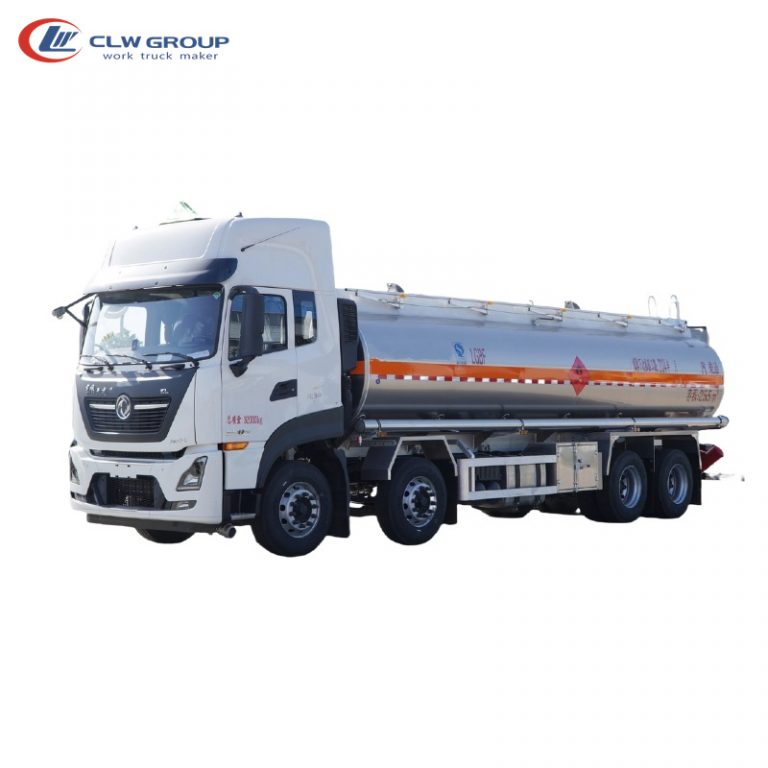Introduction:
Truck mounted cranes play a crucial role in various industries, including construction, logistics, and manufacturing. These versatile machines are used for lifting and moving heavy loads, making them essential for many operations. To ensure the safety and efficiency of these cranes, regular maintenance is essential. In this comprehensive guide, we will discuss the importance of truck mounted crane maintenance, the key components to focus on, and best practices to keep these machines in optimal condition.
Importance of Maintenance:
Maintenance is a critical aspect of ensuring the longevity and performance of truck mounted cranes. Regular maintenance helps detect and address issues early on, preventing costly breakdowns and downtime. It also ensures the safety of the operators and those working in the vicinity of the crane. By following a proactive maintenance schedule, companies can maximize the lifespan of their cranes and minimize the risk of accidents or malfunctions.

Key Components of Maintenance:
1. Inspection:
Regular inspections are a fundamental part of crane maintenance. Inspections should be conducted daily before each use, as well as periodically by trained technicians. During inspections, operators should check for any signs of wear and tear, loose bolts or connections, hydraulic leaks, and other potential issues. Any anomalies should be addressed promptly to prevent further damage.
2. Lubrication:
Proper lubrication is essential for the smooth operation of a truck mounted crane. All moving parts, including joints, bearings, and cables, should be adequately lubricated to reduce friction and wear. Using the manufacturer-recommended lubricants and following the specified intervals for lubrication can help extend the life of the crane components.
3. Hydraulic System Maintenance:
The hydraulic system is a critical component of a truck mounted crane, responsible for lifting and lowering heavy loads. Regular maintenance of the hydraulic system is essential to ensure optimal performance. This includes checking hydraulic fluid levels, inspecting hoses and fittings for leaks or damage, and monitoring the operation of cylinders and valves. Any signs of hydraulic system issues should be addressed immediately to prevent accidents or malfunctions.
4. Electrical System Checks:
Modern truck mounted cranes are equipped with sophisticated electrical systems to control various functions, such as lifting, extending, and rotating. work truck of the electrical system are necessary to ensure proper functioning. Operators should inspect wiring, switches, and controls for any signs of damage or wear. Additionally, testing the emergency stop and safety features is crucial to prevent accidents during crane operation.
5. Structural Integrity:
The structural integrity of the crane is paramount for safe operation. Regular inspections should include checking for any signs of cracks, corrosion, or deformation in the crane's components. Welded joints, bolts, and pins should be inspected for tightness and integrity. Any structural issues should be addressed promptly to prevent catastrophic failures during crane operation.
Best Practices for Maintenance:
1. Develop a Maintenance Schedule:
Creating a comprehensive maintenance schedule is essential for ensuring that all maintenance tasks are performed on time. The schedule should include daily, weekly, monthly, and annual maintenance tasks, as well as inspections by qualified technicians. Adhering to the maintenance schedule can help prevent unexpected breakdowns and prolong the life of the crane.
2. Train Operators and Maintenance Personnel:
Proper training is crucial for both crane operators and maintenance personnel. Operators should be trained on how to perform pre-operation inspections, operate the crane safely, and recognize signs of potential issues. Maintenance personnel should receive training on the specific maintenance procedures recommended by the crane manufacturer. Regular training sessions and refresher courses can help keep operators and maintenance personnel up to date with the latest maintenance practices.
3. Keep Detailed Maintenance Records:
Maintaining detailed records of all maintenance activities is essential for tracking the condition of the crane and identifying any recurring issues. Records should include inspection reports, maintenance tasks performed, replacement parts, and any repairs or adjustments made. Analyzing maintenance records can help identify trends, plan future maintenance activities, and make informed decisions about the crane's maintenance needs.
4. Use Genuine Replacement Parts:
When replacing components or parts of the crane, it is crucial to use genuine replacement parts recommended by the manufacturer. Genuine parts are designed to fit the crane perfectly and meet the required specifications for quality and performance. Using non-genuine parts can compromise the safety and efficiency of the crane and may void the manufacturer's warranty.
Conclusion:
Truck mounted crane maintenance is a critical aspect of ensuring the safety, efficiency, and longevity of these essential machines. By following a proactive maintenance schedule, focusing on key components such as inspection, lubrication, hydraulic and electrical systems, and structural integrity, and implementing best practices for maintenance, companies can maximize the performance of their cranes and minimize the risk of accidents or breakdowns. Investing in regular maintenance and training for operators and maintenance personnel is an investment in the safety and reliability of truck mounted cranes, ultimately contributing to the smooth operations of various industries that rely on these powerful machines.
